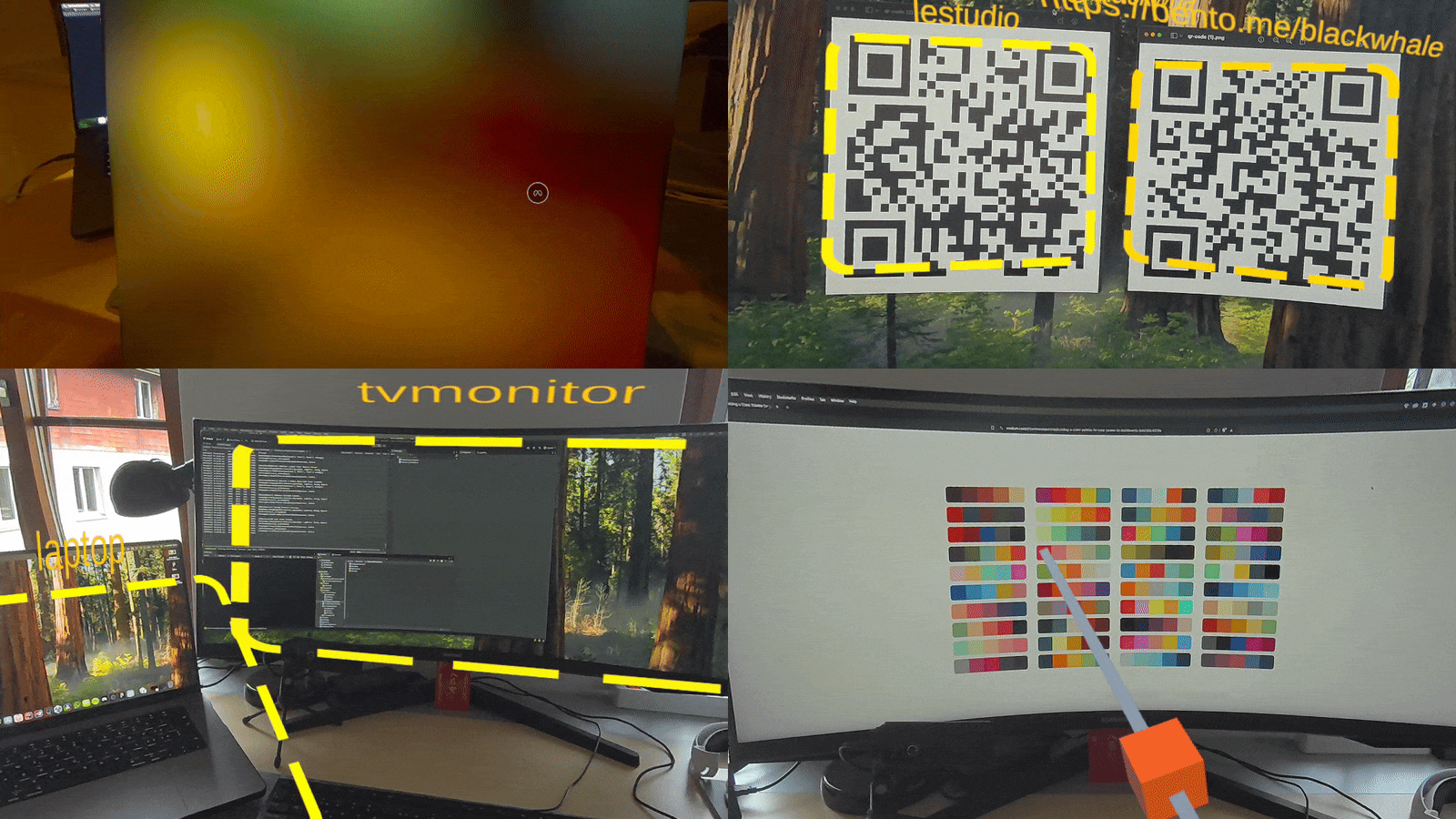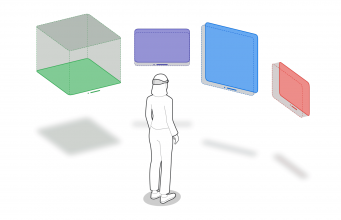Scientists hope sequencing genome of tiny ‘functionally extinct’ frog could help save it
Corroboree frog belongs to 100m-year-old family of amphibians but is now found only in the puddles and peat bogs of Kosciuszko national parkScientists have sequenced the genome of the critically endangered southern corroboree frog – one of Australia’s most threatened amphibians – in hope that the information could be used to aid its recovery.The striking alpine frog, which has distinctive yellow and black markings, is so threatened by disease and the drying of its habitat due to climate change, that it is considered “functionally extinct”. The species survives in the temporary pools and peat bogs of Kosciuszko national park in New South Wales, with the help of zoo breeding and re-introduction programs. Continue reading...

Corroboree frog belongs to 100m-year-old family of amphibians but is now found only in the puddles and peat bogs of Kosciuszko national park
Scientists have sequenced the genome of the critically endangered southern corroboree frog – one of Australia’s most threatened amphibians – in hope that the information could be used to aid its recovery.
The striking alpine frog, which has distinctive yellow and black markings, is so threatened by disease and the drying of its habitat due to climate change, that it is considered “functionally extinct”. The species survives in the temporary pools and peat bogs of Kosciuszko national park in New South Wales, with the help of zoo breeding and re-introduction programs. Continue reading...

























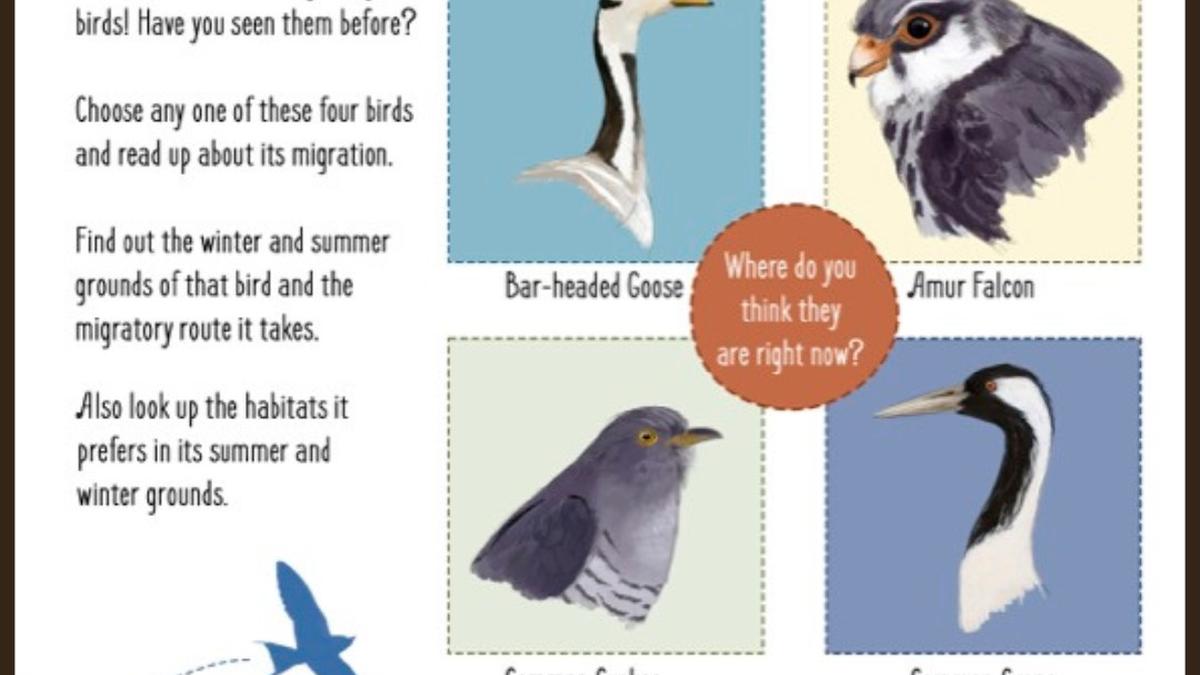
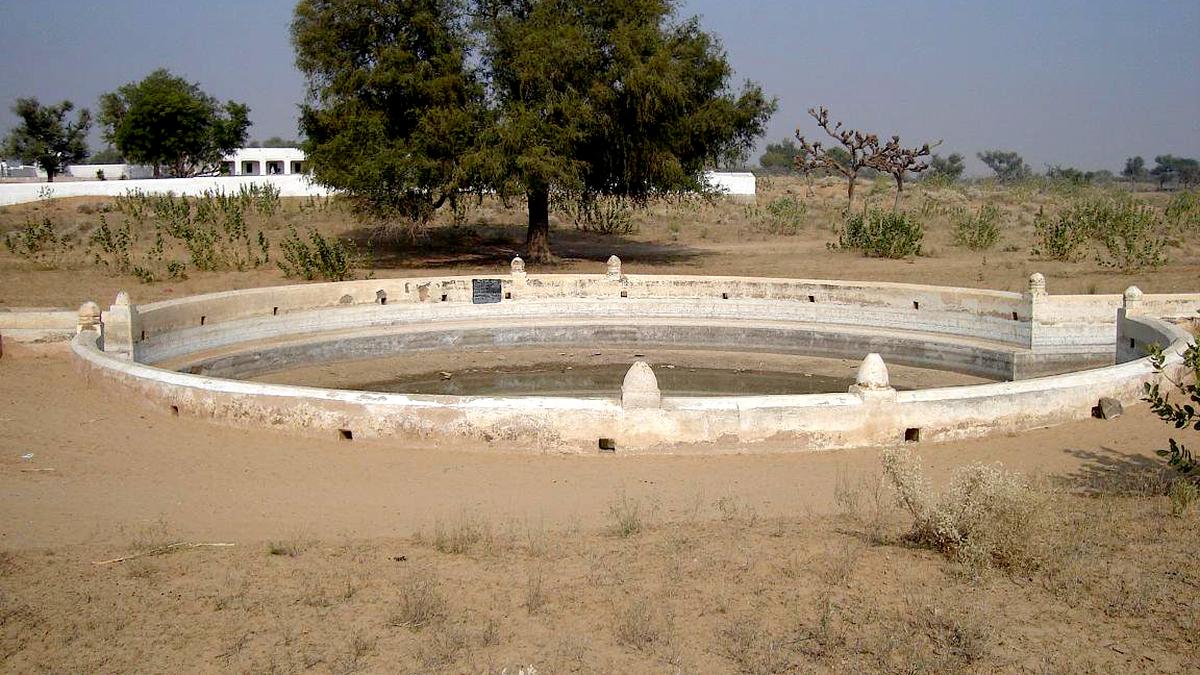
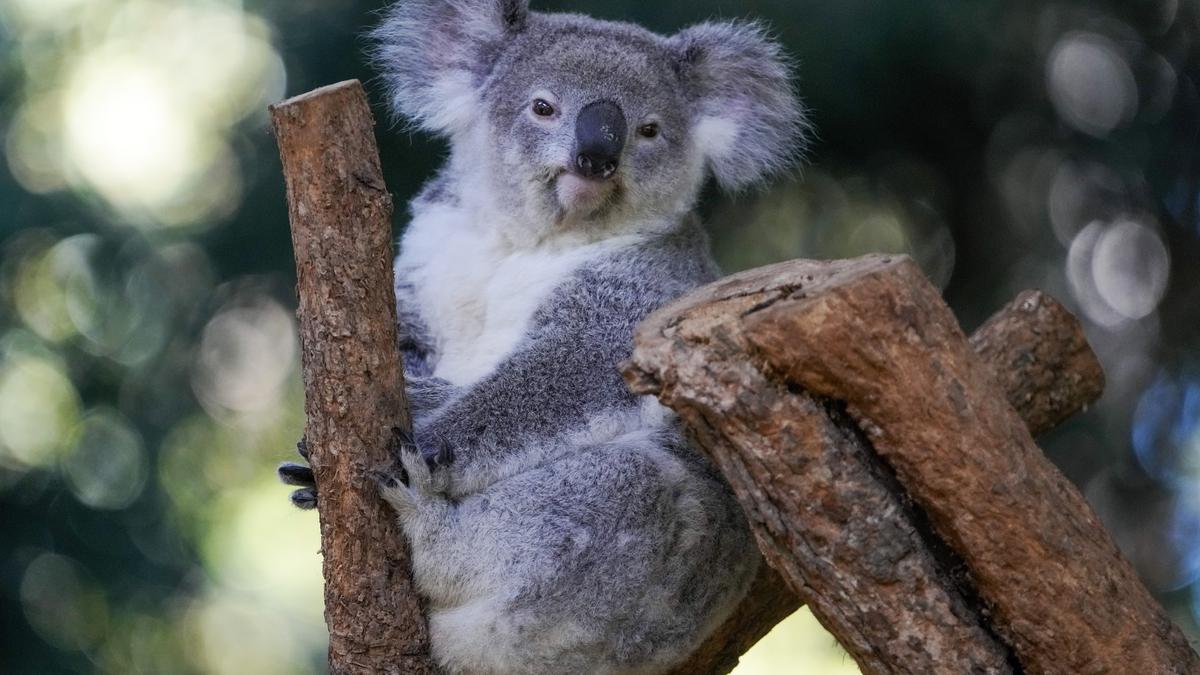
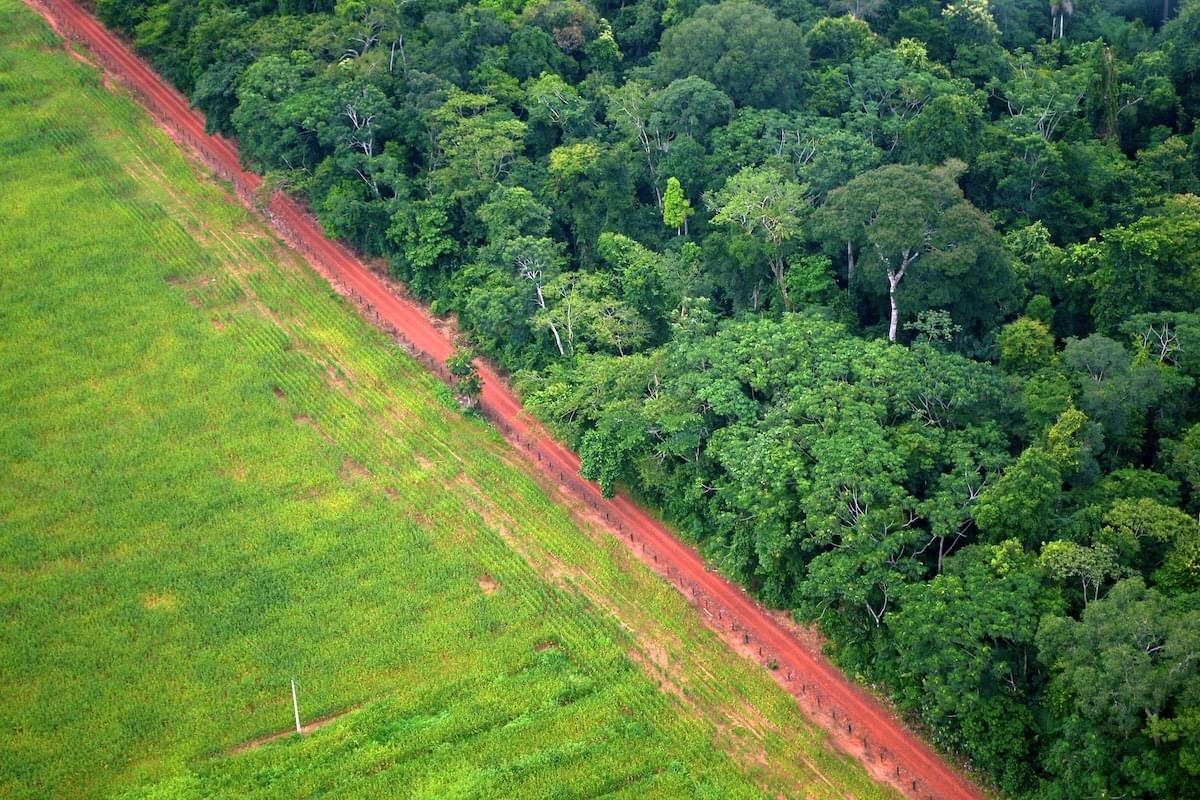
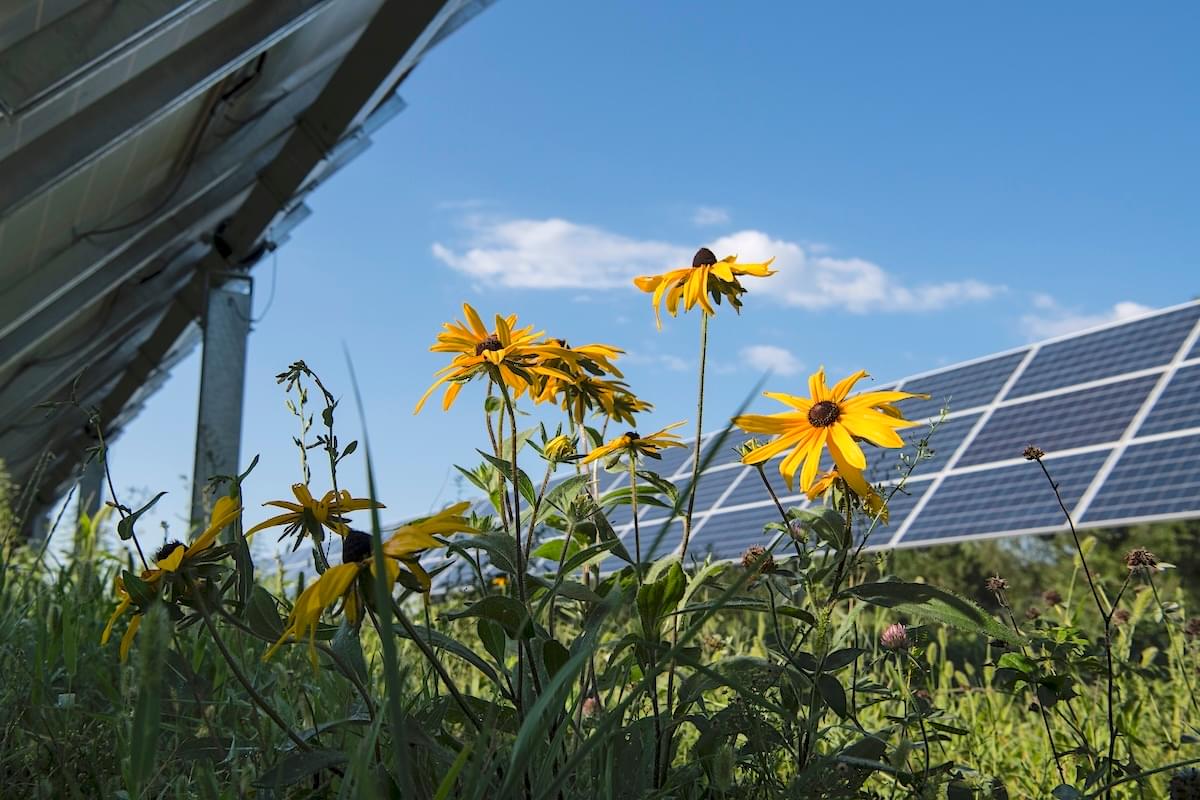
















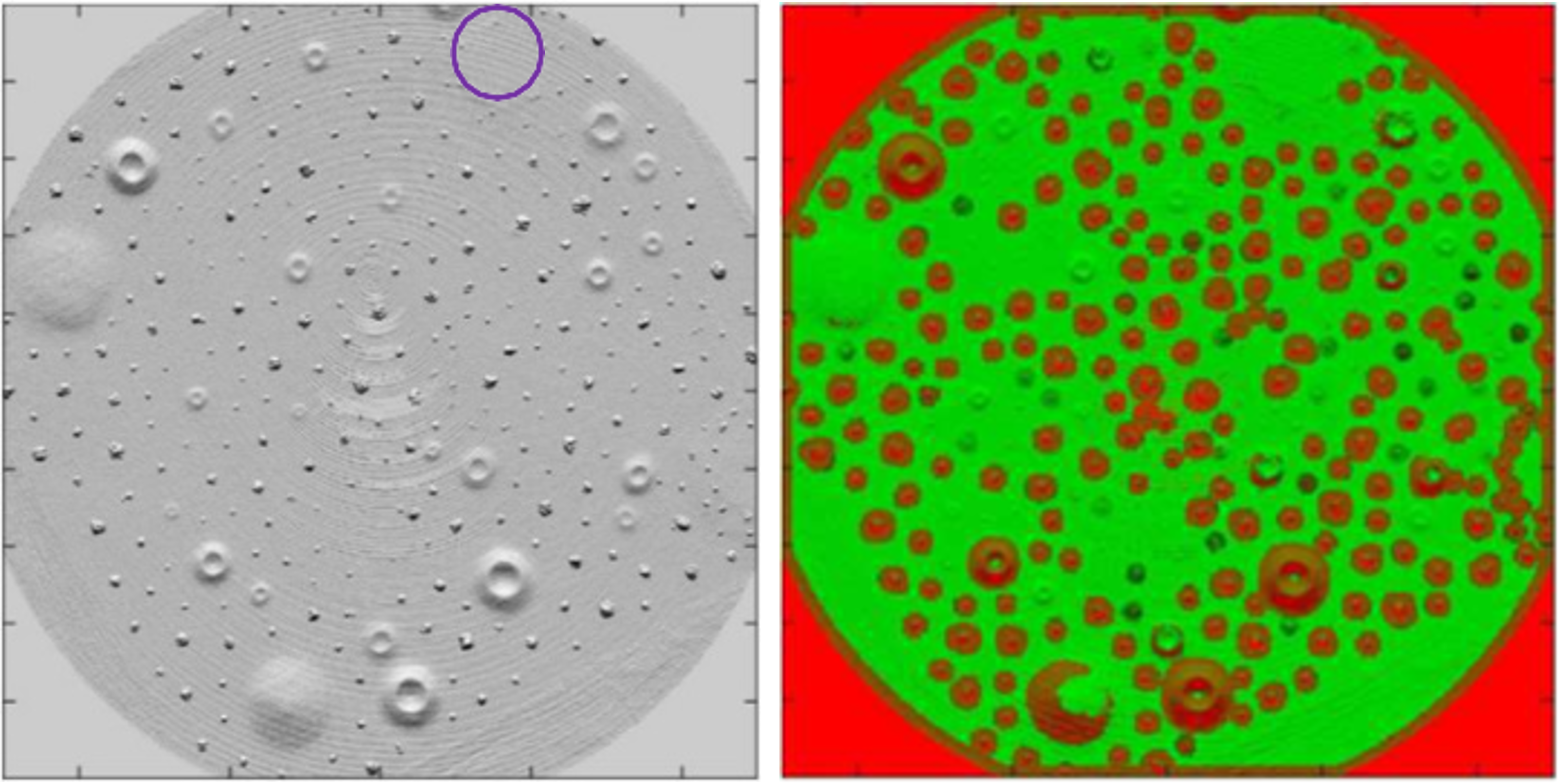





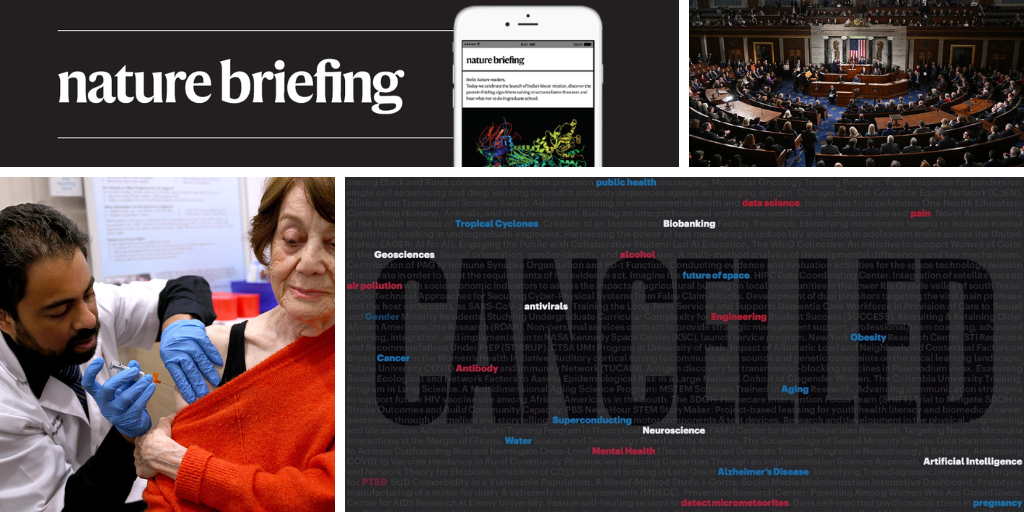
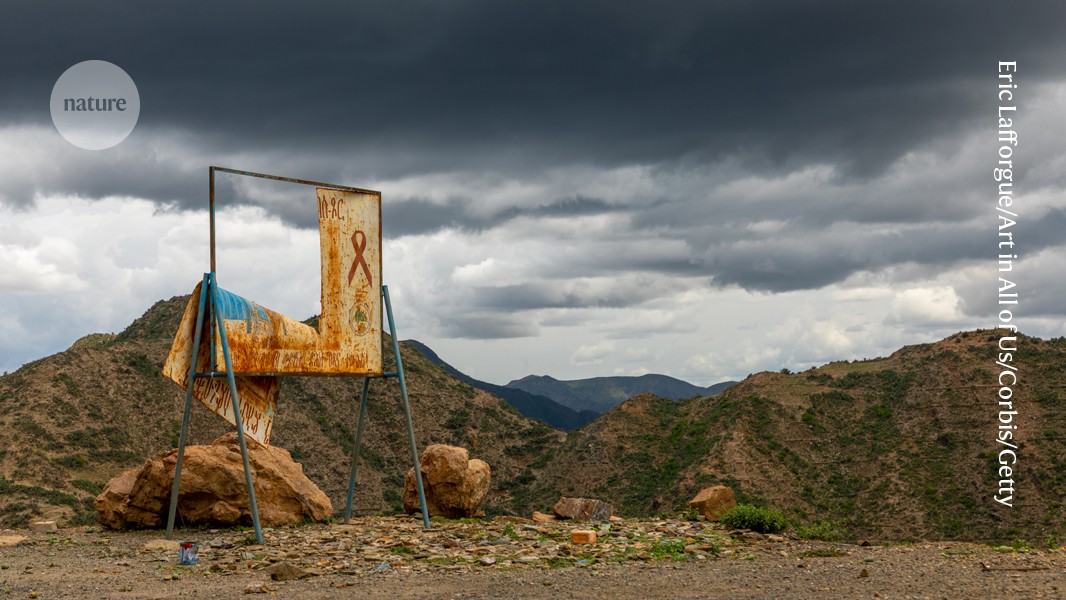

































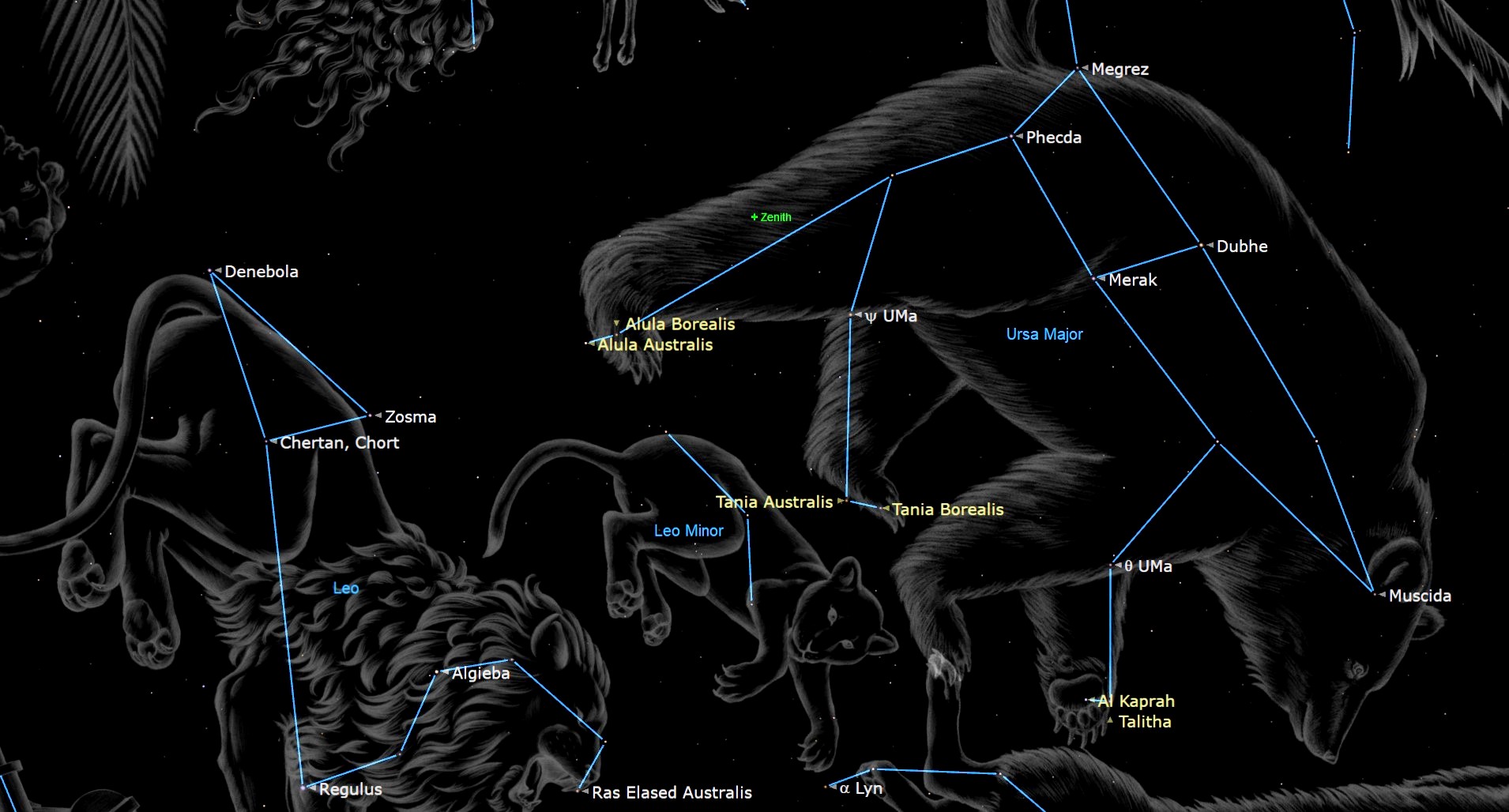






















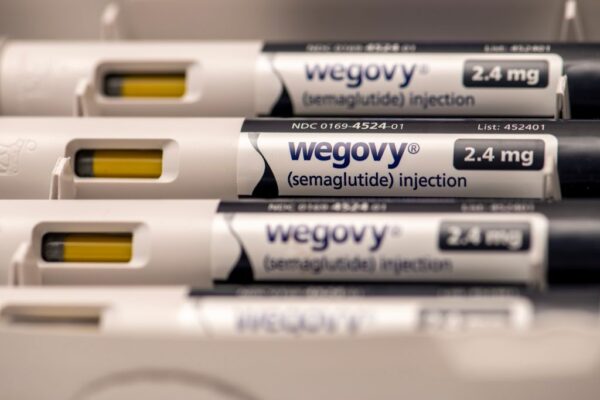

.jpeg?#)
